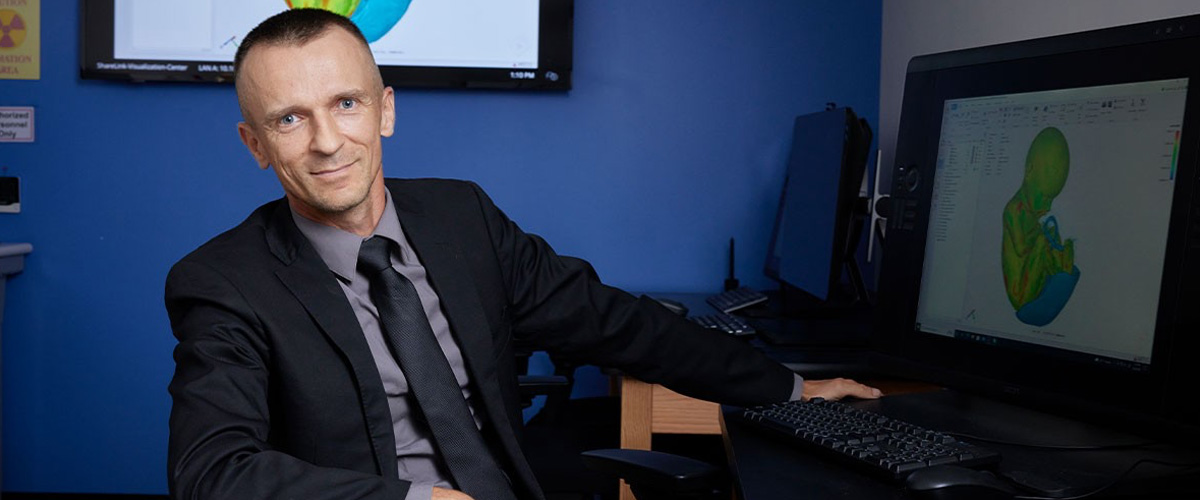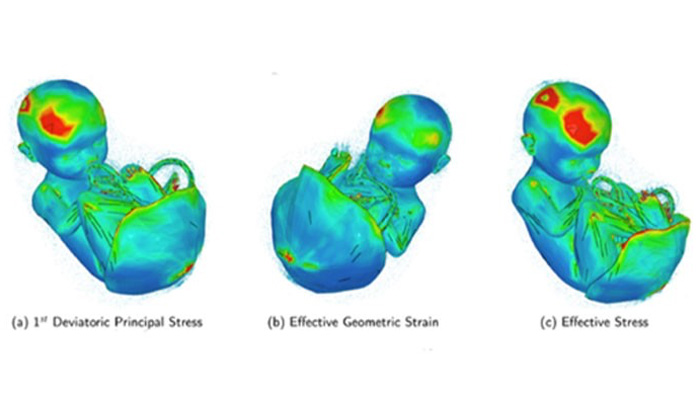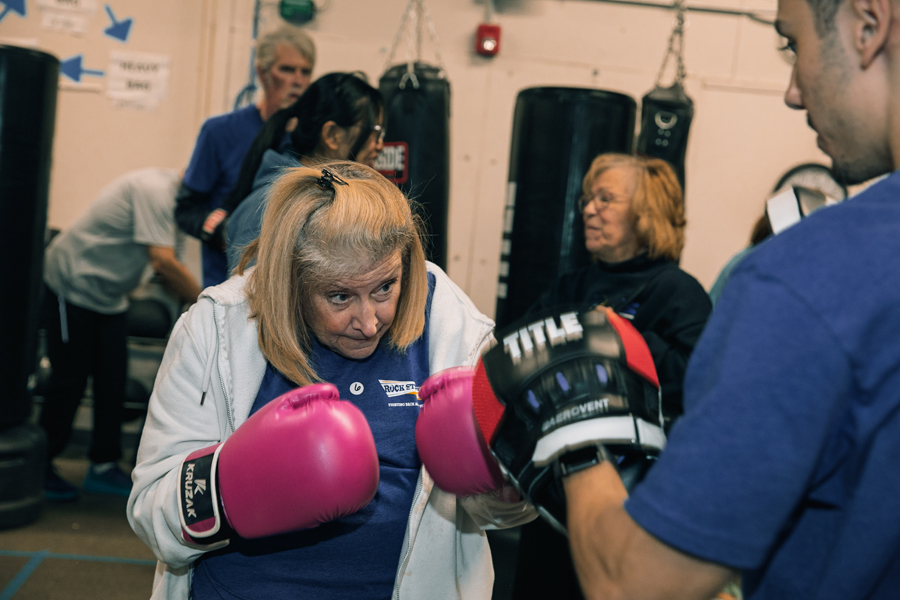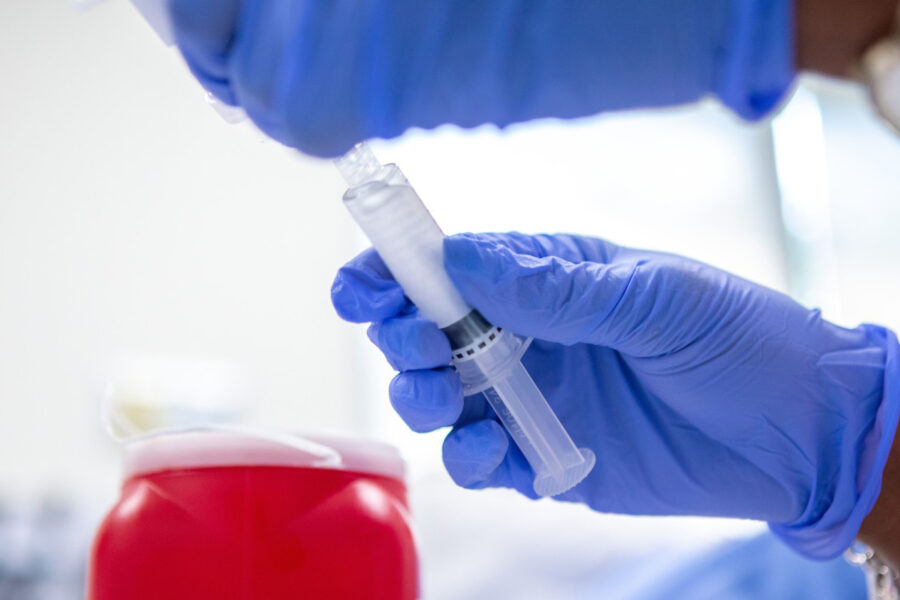
Visualizing How Military Blasts Impact Unborn Babies
Pictured: Assistant Professor Milan Toma
A recent study by College of Osteopathic Medicine (NYITCOM) faculty and alumni provides new insight into how military blasts can injure unborn babies (fetuses) and how the amniotic fluid surrounding the fetus may provide protection. The findings, which were published in the journal Injury, could help doctors better assess fetal injuries and inform the development of future safety devices.
Pregnancy-related trauma is one of the leading causes of morbidity and mortality in pregnant women and their unborn babies. Recently, military conflicts in Eastern Europe and the Middle East, where there have been documented cases of airstrikes targeting maternity hospitals, have led scientists and medical professionals to consider how the forces of a military blast could impact unborn children.
Now, researchers, led by biomedical engineer and NYITCOM Assistant Professor Milan Toma, Ph.D., have used elaborate 3-D models to simulate the impact of an explosion beneath a motor vehicle. The models accounted for real patient-specific geometries and fluid-structure interaction in spaces between the inner lining of the uterus and fetus, placenta, and umbilical cord.

Their findings showed that amniotic fluid is crucial in protecting the fetus from trauma. While the simulated explosion subjected the outside of the uterus to multiple acceleration changes, the fetus (inside the uterus) experienced lesser acceleration changes. The models also showed that because the fetus was positioned with its head facing down and exposed to an explosion underneath the mother’s womb, the area around the skull sustained more stress.
The study was conducted in collaboration with Jonathan Arias (D.O. ’23) and Gregory Kurgansky (D.O. ’23), former NYITCOM students who have since completed their studies and advanced to residency programs. Other collaborators included Ong Chi Wei, Ph.D., from Singapore’s Institute of High Performance Computing, and Rosalyn Chan-Akeley, M.D., an OB-GYN affiliated with Lang Research Center at New York-Presbyterian Hospital Queens.
More Features

Study: VR Helps Children With Autism Participate in Exercise and Sports
A new study by researchers from the School of Health Professions and College of Osteopathic Medicine demonstrates how virtual reality (VR) can help children with autism spectrum disorder participate in exercise.

Boxers Fight Back Against Parkinson’s Disease
A holiday “boxathon” hosted by NYITCOM’s Parkinson’s Center raised awareness for the disease and the importance of exercise in treatment, while bringing members of the Rock Steady Boxing community together at a time when patients may experience loneliness and isolation.

“Envisioning” More Inclusive Eyewear
As part of a collaborative initiative between New York Tech and the global eyewear company Marcolin, students from the School of Architecture and Design and NYITCOM teamed up to develop potential eyewear solutions for neurodivergent populations.

Vancouver Cybersecurity Students Hack Their Way to Third Place at CyberSci 2025 CTF Competition
New York Tech-Vancouver students achieved a significant milestone at CyberSci 2025, earning third place in the Vancouver region and 25th overall out of 86 teams across Canada.

What to Know About This Year’s Flu
As health officials brace for another active flu season, NYITCOM-Arkansas infectious disease physician Carl Abraham, M.D., shares what to expect and how to stay well.

Innovation in Rehabilitation
Occupational therapy student Nihar Gediya developed a rehabilitative device during a fieldwork placement, fueling his passion for arm and hand therapy treatment.